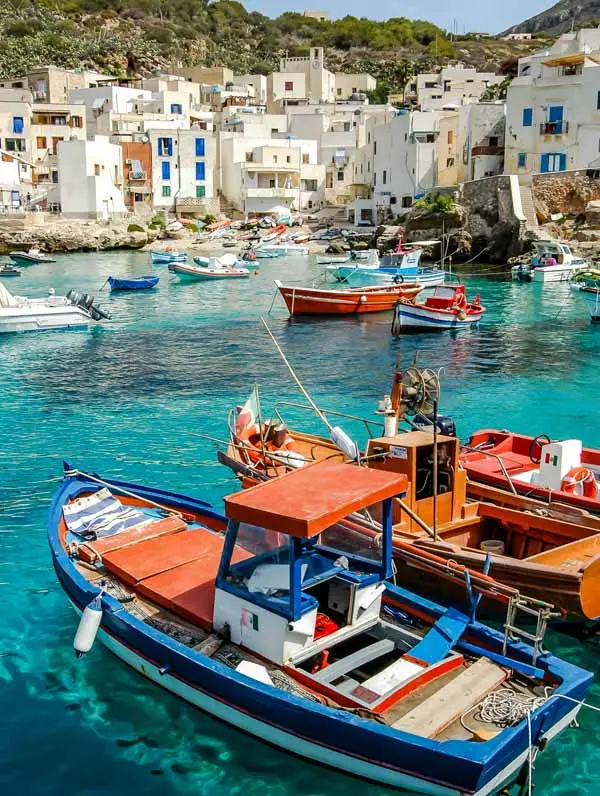The Carricante grape [Car-ri-can-te] is a Sicilian white grape variety deeply rooted in the volcanic terroir around Mount Etna. Renowned for its historical significance and high-altitude cultivation, this grape boasts notable features such as longevity and distinctive minerality. It's the star grape in D.O.C. Etna Bianco wines and thrives best in temperate climates with significant temperature variations.
Primary Flavors
Orange blossom
Apple blossom
Citrusy fruit
Apple
Grape Profile
TANNIN: Quite Soft, Barely Noticeable Tannins
ACIDITY: High Acidity, Tangy and Crisp
BODY: Balanced in Weight and Complexity
SUGAR: Slightly Dry with a Hint of Sweetness
LEVEL OF ALCOHOL: Fairly Strong (12-14%)
Handling
Serve 10-13°C
Decant No
Glass Type Riesling Glass
Period open3-5 days
Cellar Between 2 and 3 Years
Our Top selection
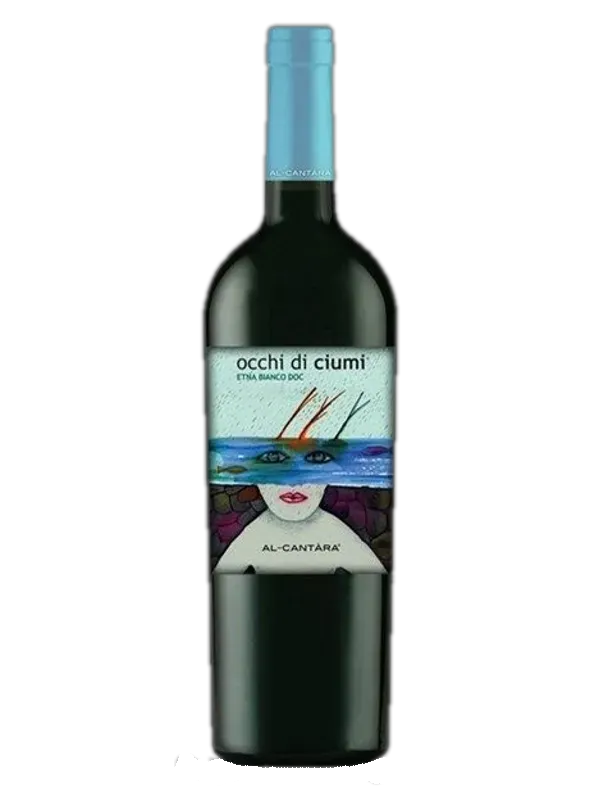
Al-Cantara, 'Occhi di Ciumi', Etna, Sicily
Crisp and mineral-rich, this 2022 white wine delights with its spicy undertones and long, saline finish. A sip of Sicilian summer.
Read more
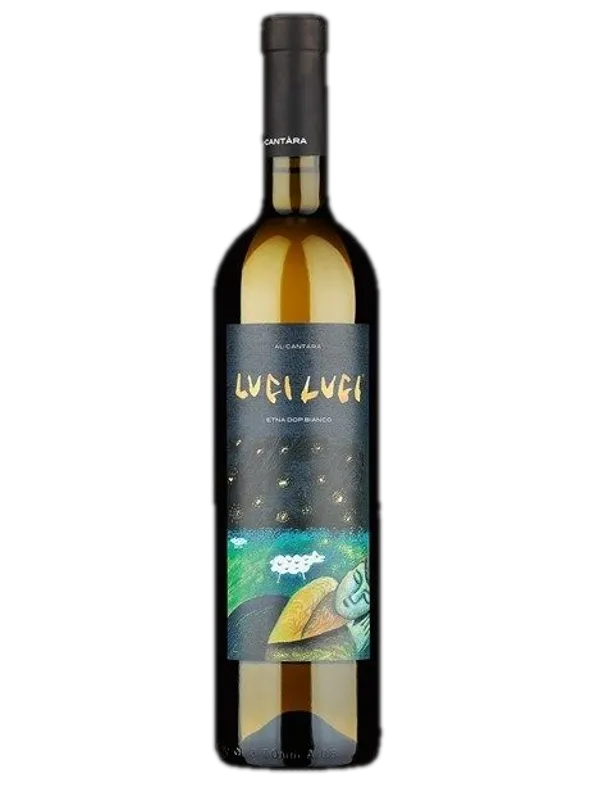
Al-Cantara, 'Luci Luci', Etna, Sicily
An elegant 2019 white, full of forest fruits and rosehip aromas. Vanilla and leather hints add depth. Pure, minerally, and spicy.
Read more
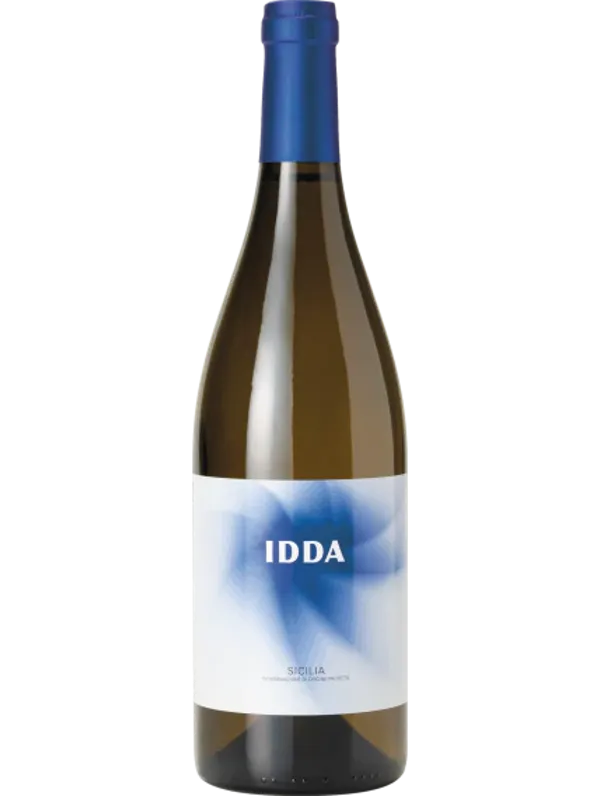
Gaja Idda Etna Bianco
Indulge in a collaborative masterpiece from Gaja and Graci. Bursting with floral and almond notes, this Sicilian white is versatile, from sushi to grilled fish
Read more
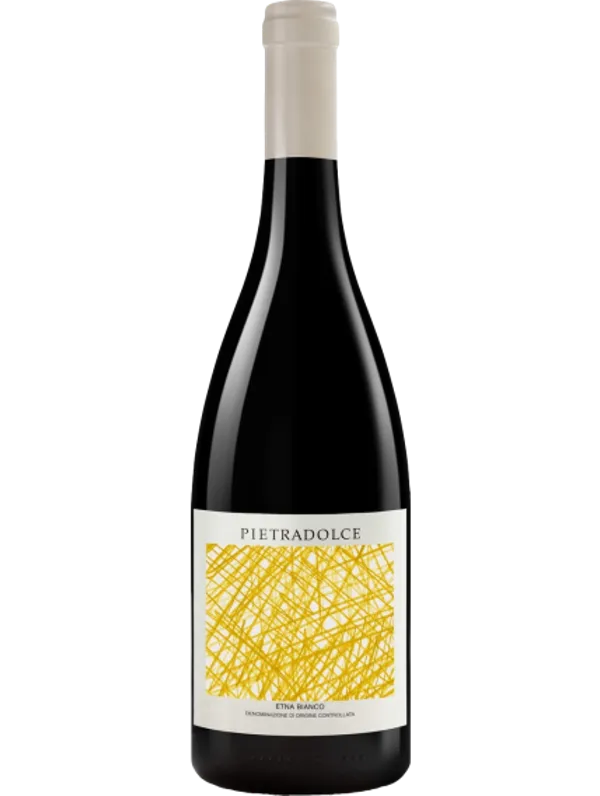
Pietradolce Etna Bianco
Savor the nuanced flavors of Sicily's volcanic soil. Refreshing and light, this 100% Carricante offers hints of lemon zest, limes, and honeysuckle. Perfect aperitif
Read more
Carricante Regions
Food Parings

Starter: Oysters on the Half Shell
The briny, oceanic flavors of oysters would be a perfect match for the mineral-rich profile of Carricante. The wine's crisp acidity can cut through the richness of the oyster, while its complex aroma

Main course: Lemon-Herb Sauce Grilled Sea Bass
For the main course, a light, flaky fish like sea bass would be an excellent choice. The citrus notes in the wine can enhance the lemon-herb sauce, and the wine's acidity can lighten the dish's overal

Second course: Rosemary & Garlic Roast Chicken
If you prefer a meat dish, the high acidity and mineral notes of Carricante could pair well with a roast chicken seasoned with rosemary and garlic. The herbaceous notes would complement the wine's flo

Dessert: Almond Cake with Apricot Preserve
Almond cake has a subtle nuttiness that can complement the complex aromas in Carricante. A layer of apricot preserve would add a fruity sweetness that can highlight the wine's floral and citrus notes.
Carricante wines, native to the volcanic slopes of Mount Etna in Sicily, are truly a connoisseur's delight, famed for their bright acidity, nuanced mineral undertones, and complex aroma profiles that include everything from citrus to white fruits and floral notes.
This makes them a versatile choice for food pairings, capable of elevating a variety of dishes, from seafood starters to hearty meat courses. Here are some thoughtfully curated food pairing suggestions that aim to enhance the multi-layered experience that a Carricante wine has to offer.
FAQS
Why is it called Carricante?
The name stems from the Sicilian term "u carricanti", which essentially means "able to fill carts with grapes". It highlights the grape's high yield.
Where is Carricante mainly grown?
The grape primarily grows on the slopes of Mount Etna in Sicily. It's akin to having your own vineyard on Snowdonia, only much warmer!
Can Carricante grow at high altitudes?
Yes, it thrives at high altitudes up to 900-950 meters, similar to the varietals you'd find in elevated wine regions like the Douro Valley in Portugal.
How long can Carricante wines be stored?
Carricante wines are known for their longevity, thanks to their robust structure and acidity. It's a wine that ages gracefully, much like a fine Bordeaux.
Want to know it all?
The Time-Honoured Journey of Carricante
Tracing its roots back to the ancient soils of Sicily, Carricante is a grape variety steeped in history and tradition. Its tale is as old as the island itself, often speculated to have Greek origins, brought to Italy during the Greco-colonial era around the 8th century BC. Quickly adapting to the unique Sicilian terroir, Carricante emerged as an indigenous grape, distinguishing itself from other varietals. By the 18th century, Italian ampelographers were already documenting its widespread cultivation, especially in the province of Catania.
Over the years, the grape found its stronghold on the slopes of Mount Etna. Its cultivation persisted through the ages, becoming the most grown white grape in Catania until the mid-20th century. Although its popularity waned for a period, the turn of the 21st century saw a resurgence. Forward-thinking winemakers recognised Carricante's untapped potential, leading to a revival of sorts.
The Captivating Flavours of Carricante
When it comes to grape flavours that enchant the senses, Carricante truly stands out. Originating from the slopes of Mount Etna in Sicily, this grape variety offers a complex blend of aromatic notes.
Orange Blossom
Apple Blossom
Citrusy Fruit
Apple
Think zagara (orange blossom), fresh white fruits, and a delightful hint of citrus. Now, imagine these flavours mingling with the subtlety of anise—a combination not unlike enjoying a Pimm's on a sun-drenched British afternoon. What truly elevates Carricante, however, is its striking minerality and crisp acidity, echoing the freshness of a sea breeze one might experience holidaying in Cornwall.
Its robust profile offers the sort of versatility and depth that would complement a range of traditional British dishes, from Cornish crab to a classic Sunday roast. So, if you're seeking a wine that captivates the palate while being exceedingly food-friendly, Carricante should definitely be on your radar.
Enjoying Carricante: From Glass to Cellar
When it comes to savouring a glass of Carricante, a bit of finesse goes a long way to make your Sicilian wine experience authentically delightful. For starters, serving temperature matters a great deal. Aim for a crisp 8-10°C to unlock the grape's unique blend of floral and citrus notes.
Serving temperature:
10-13°CGlass type:
Riesling glassSuggested time in Decanter:
Not NeededLasting period once open:
3-5 daysStoring time in cellar:
Up to 4 Years
Now, for the great debate: Riesling glass or standard white wine glass? While a Riesling glass is said to amplify the wine's aromatic nuances, a standard white wine glass works excellently to enjoy its minerality.
As for those moments when you fancy just a glass or two and want to save the rest for another Sunday roast, worry not. Once opened, a bottle of Carricante can last up to 3-5 days when properly re-corked and stored in the fridge.
If you're storing a few bottles in the cellar, the wine's substantial acidity and structure allow it to age gracefully, making it a lovely companion for your next summer garden party or perhaps even a future Christmas dinner, maturing well for up to 2-4 years.
A Grape That Thrives on Temperate Conditions and Thermal Excursions
Carricante is rather finicky when it comes to climate, showing a clear preference for temperate conditions peppered with noticeable temperature variations. In its native Sicily, the grape thrives on the slopes of Mount Etna, where the climate is moderated by altitude and sea breezes.
The Etna region is renowned for its significant day-to-night temperature swings, a feature that allows the Carricante grape to develop a complex aromatic profile. Think of it as the grape variety's own Goldilocks condition – not too hot, not too cold, just right for crafting wines with distinctive minerality and refreshing acidity. Now, if you're accustomed to the milder climates of the British Isles, and perhaps even a fan of our own British-grown Bacchus grape, the Carricante offers a deliciously different, yet equally climate-sensitive, option for your wine repertoire.

